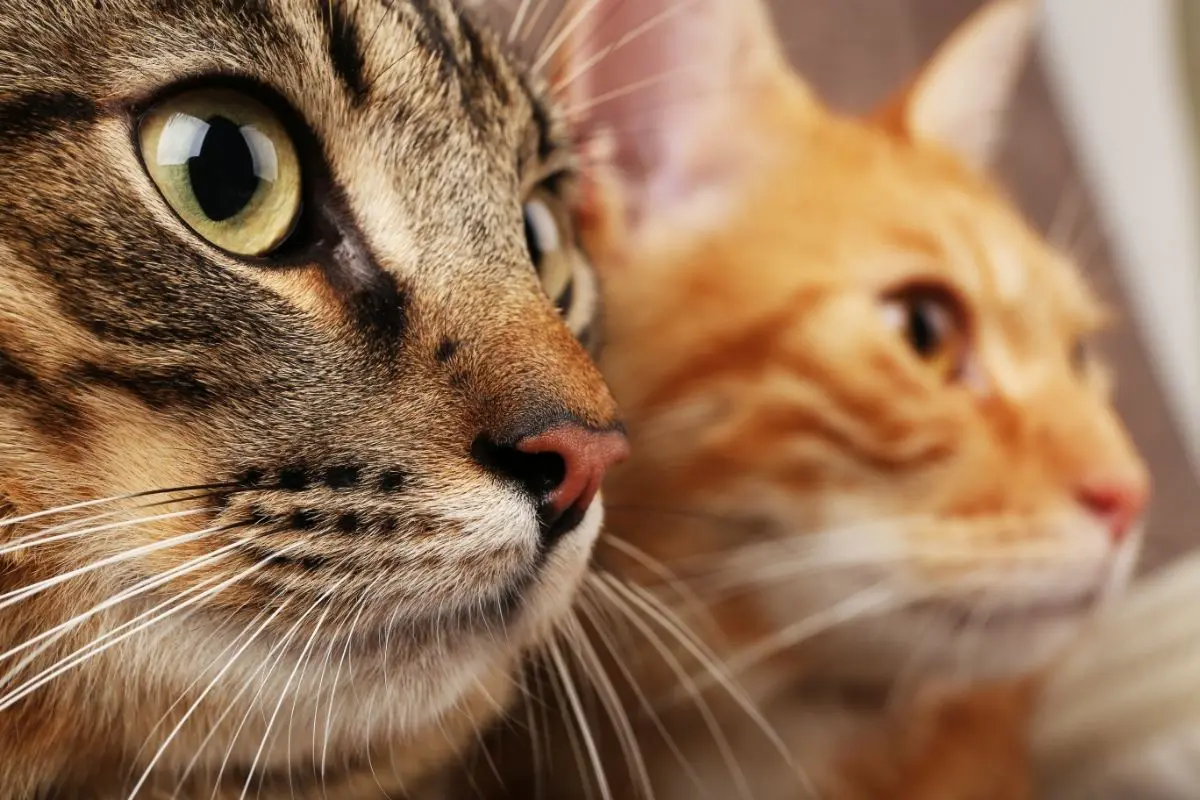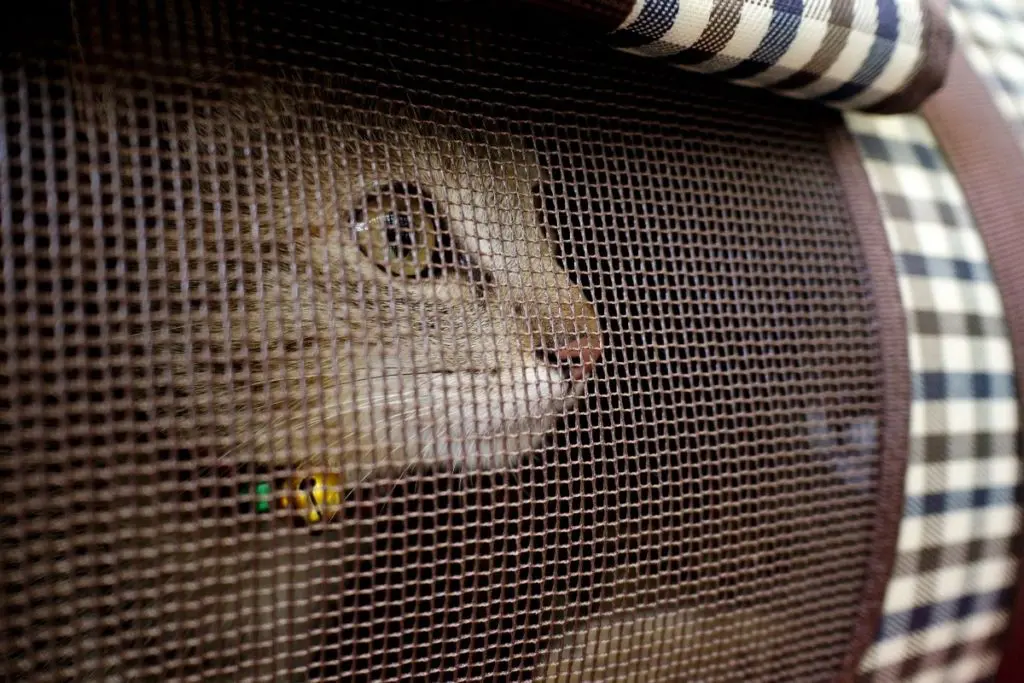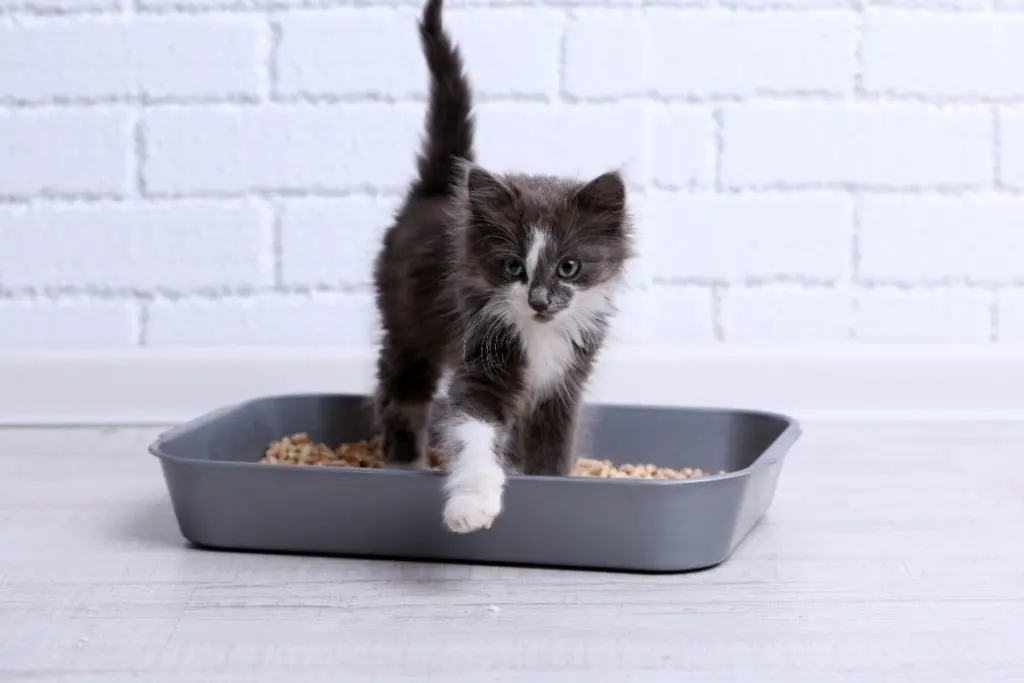If you have ever seen both male vs. female cats, you might have noticed that they aren’t exactly alike. Just like humans, there are many differences between male and female cats. If you are deciding on which gender cat to adopt, it can be helpful to know what their different characteristics are and how they will fit into your life and your home. Whether you adopt a male or female, it is important that you get them neutered or spayed to prevent unplanned litters of kittens.
There are many decisions you have to make before adopting a new cat. A good place to start is: male or female cat? Both make great companions, but there are differences between male and female cats. Many cat parents may find that they develop a preference for one over the other.
What Are the Differences Between Male and Female Cats?
The main differences between male vs. female cats are categorized as either physical or behavioral. Male cats are typically bigger and can be more likely to spray or mark with his urine inside the house. Males are often considered to be more affectionate than females, and females tend to be more aggressive towards humans and other cats.
Let’s explore the differences further.
Male vs. Female Cats: Physical Traits
This chart takes a quick look at the difference between male and female cats physical traits.
| Male Cats | Female Cats | |
| Genitalia | Removal of testicles when neutered; there is often no sac or a hint of one | Removal of reproductive organs including uterus and ovaries, often hard to see a scar from spay procedure |
| Size | Larger than females | Smaller than males |
| Face and Cheeks | Rounder, more prominent cheeks, especially if neutered as an adult | Less pronounced facial features due to lack of testosterone |
| Newborn Milestones | Delayed eye opening | Opens eyes earlier |
| Sexual Maturity | 9-12 months old | 7-12 months old |
| Lifespan | 13-20 years, avg. 12.6 years | 13-20 years, avg. 13.1 years |
Will Getting My Cat Fixed Make a Difference?
We will be discussing the differences between castrated/neutered males and spayed female cats. It is important to note that cats that are not spayed or neutered may have very different and more problematic behaviors. According to the ASPCA and other animal organizations, intact male cats can be more aggressive and more likely to spray urine in the house. Tomcats are also more likely to escape from the house to find female cats in heat and defend their territory. Intact female cats are more likely to vocalize excessively and will attract male cats — including any intact male cats within your home — when they are in heat.
The biggest and most obvious physical difference in male vs female cats is their genitalia. Neutered male cats have their testicles removed, and spayed female cats have their reproductive organs removed. It is typically recommended that cats be spayed or neutered before they are 6 months old to prevent problem behaviors. However, spaying or neutering after 6 months is also effective at reducing these behaviors. Animal shelters and rescues typically spay or neuter a cat or kitten before they are adopted to a family or individual.
From here on out, we are assuming that our male and female cat are neutered or spayed, respectively.
Does Bigger Mean Better?

Are male cats bigger than female cats? Yes. Male cats are usually larger than female cats. Intact male cats typically develop big cheeks due to rising testosterone during sexual maturation, causing a larger, rounder face than females. These cheeks serve as a sign of their physical fitness to females and other males. This is the main physical difference between male and female cat faces. If you adopt a male who was neutered as an adult, he may still retain his big, lovable cheeks.
Does this give them a “leg up” on the competition? Not really.
There is a significant physical disadvantage of male cats that can result in costly vet visits. Male cats are more prone to urinary issues than females because they have a smaller urethra. This can lead to several issues such as recurring urinary tract infections. If your boy cat starts having UTIs, your vet may recommend a special urinary diet or even corrective surgery.
What Are the Differences Between Male and Female Kittens?
Females have some advantages over male cats, such as female kittens opening their eyes earlier than male kittens. Females also reach sexual maturity earlier at 7-12 months of age, compared to 9-12 months of age for males. Female cats statistically live longer than male cats. However, there are a variety of factors that determine lifespan beyond the sex of the cat.
Male vs. Female Cats: Personality Traits
Veterinary behavior specialists have been studying the similarities and differences between male and female cats. They have ranked males and females based on 12 different actions/behaviors and what that means in terms of their relationship with their human family.
| Male-Typical Behavior | Female-Typical Behavior | |
| Friendliness | Yes | No |
| Affection Towards Family | Yes | No |
| Urine Marking | Yes | No |
| Playfulness | Yes | No |
| Activity Level | Yes | No |
| Furniture Scratching | No difference | No difference |
| Vocalization | No difference | No difference |
| Predation | No difference | No difference |
| Litterbox Use | No | Yes |
| Aggression to Family | No | Yes |
| Fearfulness | No | Yes |
| Aggression to Other Cats | No | Yes |
Are Male Cats Sweeties and Female Cats Meanies?
Female cats are ranked as being more fearful and aggressive toward humans and other cats. Male cats are considered to be more playful, social, and affectionate. Since males can be more playful, this may mean they are more likely to be rambunctious and run around the house in the middle of the night. Male cats have also been reported to spend more time roaming the house than females.
Some owners report their male cats are more likely to get along with other cats in the household, regardless of the sex of the other cat. Male cats are also more likely to form strong bonds with other cats in the household, even if they are not littermates.
On the other hand, some owners have reported more conflicts between male cats. This is especially true if they were not neutered before sexual maturity and/or were picked up as outdoor strays. Male cats are motivated to defend their territory, especially from other tomcats. Adopting two former street-fighter tomcats could cause ongoing territorial behavior such as urine marking and aggression.
Who Is in Charge at Home?

When it comes to male vs. female cats, the females tend to be more apprehensive toward unfamiliar humans and animals. They may also remain standoffish from animals in the same household. She may be dominant when it comes to her preferred spots in the house or even her favorite human. Because of their territorial nature, female cats are more likely to become the head of the household. They will make their feelings known towards other cats in the house. Females do not enjoy playing as much as males; this is particularly true for rough-and-tumble play. Most female cat owners have reported that female cats rarely form strong enough bonds that result in cuddling or grooming. Still, female cats may cuddle with or groom with male cats, especially male littermates.
The main behavioral difference between male and female cats is their tendency to urine mark outside of the litter box. Male cats are much more likely to urine mark, with approximately 10% of males showing this behavior. The age at which neutering occurs makes no difference in how likely they are to urine mark. However, intact tomcats are more likely to urine mark than neutered males.
How Do You Choose Between a Male Cat vs. a Female Cat?
There are a few reported differences between male vs. female cats, both physically and behaviorally. But ultimately, the individual cat’s personality is the most essential difference.
Male cats are often larger than female cats. Some studies have reported that male cats are more affectionate, playful, and social than females, with females being more aggressive towards humans and other animals. However, males are more likely to urine mark due to territorial conflicts. In addition, they are more likely to have urinary tract infections that may require a special diet or medical attention.
The choice between a male or a female cat comes down to the personal preference of the owner, and more often than not, the irresistibility of the cat. Whatever the gender, find the cat that tugs at your heartstrings the most.
Further Reading






